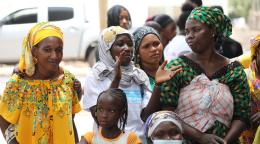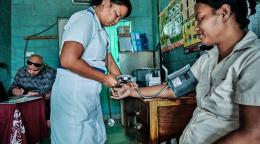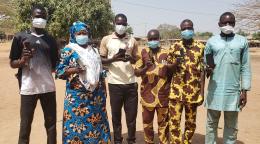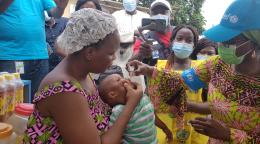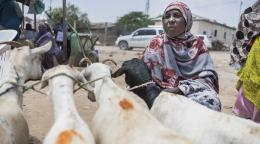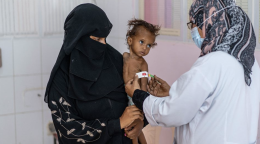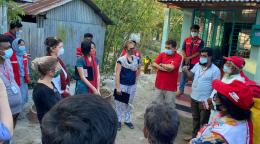How data is guiding the UN’s COVID-19 response and recovery efforts
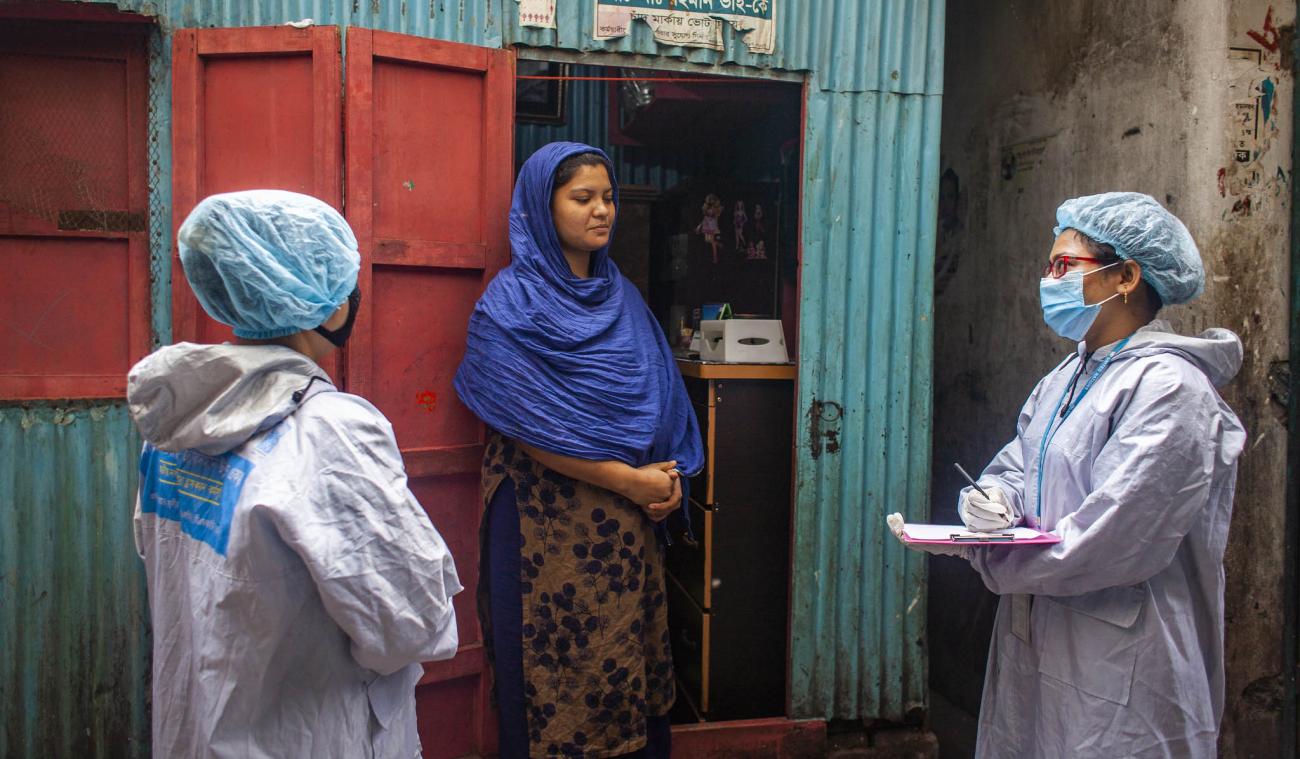
The COVID-19 pandemic has shaken the world to its core. It has presented us, the United Nations, with a multi-facetted challenge to implement the 2030 Agenda for Sustainable Development. While the impact of the pandemic will vary from country to country, it will most likely increase poverty and inequalities at a global scale, making the achievement of the Sustainable Development Goals (SDGs) even more urgent.
Using data to help combat the virus, save lives and recover better
The Secretary-General highlighted this challenge in his Data Strategy, and, in line with this, the UN framework addresses the immediate response to the socio-economic impacts of COVID-19. In light of the global pandemic, the UN development system has switched to emergency mode, with data at the centre of its commitment to effectiveness, efficiency, transparency and accountability.
With the support from the UN Development Coordination Office (DCO), the United Nations Sustainable Development Group (UNSDG) launched a new COVID-19 data portal. It tracks the roll-out of the socio-economic framework across countries in real-time, as UN country teams (UNCTs) develop and implement plans to support the respective Governments in their response efforts.
The roll-out dashboard highlights key metrics, for example (as of 6 October 2020):
- 71 governments have a national response plan in place, almost all were provided joint UN support.
- 125 countries are covered by 107 UN country team socio-economic response plans, with two regional response plans in the Pacific and the Caribbean.
- The total cost of the plans for 102 UN country team response plans is $35bn (with a funding gap of $12bn).
- 99 UN country teams have mobilized $2bn in additional funding.
- 127 UN country teams have repurposed existing funding (92 did so together), totaling $3bn for the current programming cycle of each country.
Unifying systems to coalesce and showcase data
To track the UN response efforts, the UN development system established centralized data collecting and reporting systems: the new COVID-19 data portal and UN INFO. These systems allow teams to collect, analyze and report on key indicators of their work related to the SDGs and COVID-19 response, including the number of people served.
As part of a greater initiative to centralize data, the UN DCO, produced the comprehensive COVID-19 data portal to track the system’s coordinated response efforts worldwide. To ensure no one is left behind, UN country teams use the new COVID-19 data portal to monitor and report on data by type of programme, territory (rural/urban), sex, age group and at-risk populations. The new COVID-19 portal provides dedicated country-specific data pages with embedded SDG dashboards produced by the United Nations Department of Economic and Social Affairs (DESA), and a wide variety of other sources and partners. More dashboards are regularly added as more data becomes available.
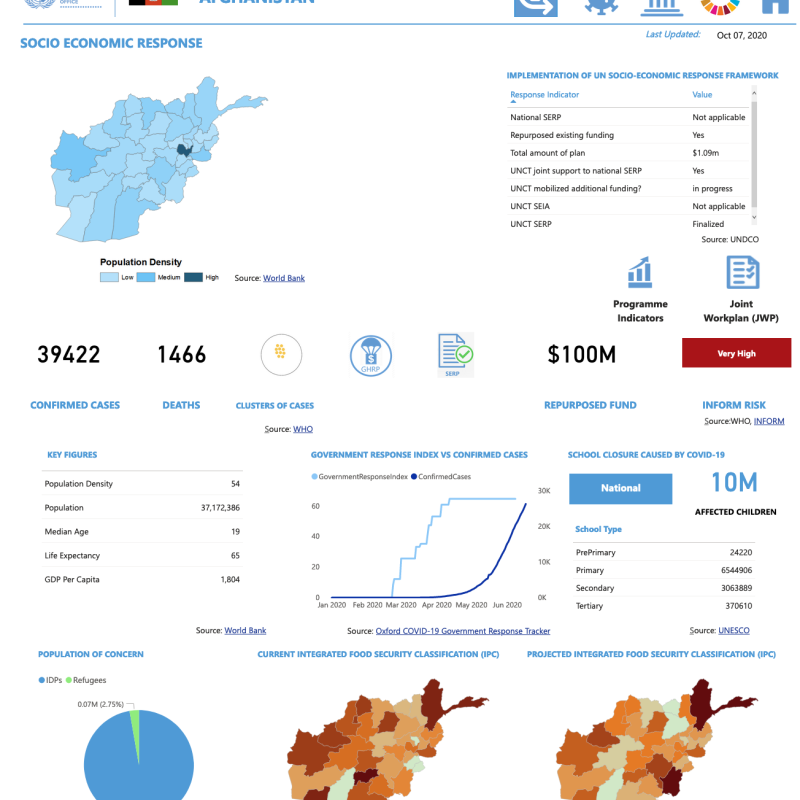
UN INFO is part of the United Nations’ efforts to improve coherence, transparency and accountability for results by tracking the UNCT’s contributions to Agenda 2030 and the SDGs. It is an online planning, monitoring and reporting platform that digitizes the UN Country Team’s joint workplans and results framework (UNDAF and/or Sustainable Development Cooperation Framework). The database provides a clear picture on programmatic activities, partnerships, financial levels and expenditures, and achievements.
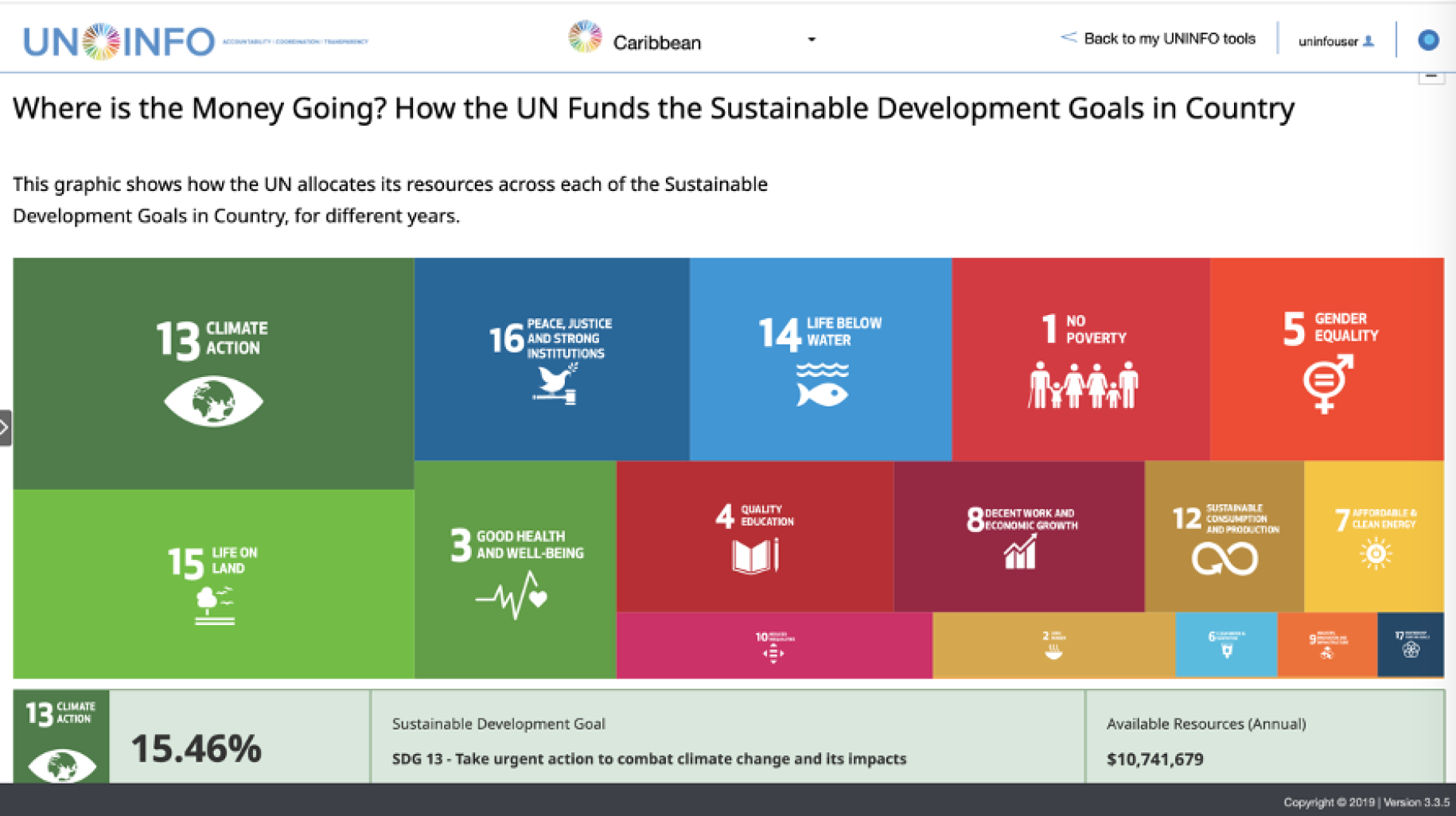
A revolution in transparency and accountability
Taken together, UN INFO and the COVID-19 data portal represent a revolution in transparency and accountability for the UN system. These systems opened new opportunities for highlighting the work of the UN country teams across the globe. The databases are designed and developed using agile and innovative technologies that make the platforms nimble, allowing the latest data sets to be published as it becomes available.
By using integrated leading-edge technology, the COVID-19 data portal is capable of featuring real-time data using graphics, charts, tables and maps to illustrate the socioeconomic response worldwide, including the World Health Organization (WHO) official statistics on the total number of cases per country, the Oxford COVID-19 Government Response Tracker and the World Bank indicators.
To see some examples of how some UN country teams across the globe are using UN INFO to showcase and visualize their data visit: Papua New Guinea, Turkmenistan, Cameroon, Viet Nam, Lao PDR and Costa Rica to name a few.
A new vision led to stronger coordination
These systems are also one of the many outcomes of the investments made by Member States in the UN development system reform. They are managed by the new and strengthened capacities of the UN DCO, and they offer easily accessible platforms to systematize and utilize the collective know-how of the United Nations’ 130 country teams – serving 162 countries and territories.
The reform has brought bold changes to the UN development system: a new generation of country teams have emerged, centred around a strategic UN Sustainable Development Cooperation Framework and led by an impartial, independent and empowered resident coordinator. The country-level response to COVID-19, led by Resident Coordinators and drawing from the full network of global, regional and country-level expertise of the UN has tackled all facets of the pandemic and we are seeing results in both the immediate and longer-term response.
Produced by UN Development Coordination Office. Written by Kirit Patel, Programme Management Officer, DCO with support from Pilar Lagos and Katheline Ruiz, Communications Officers, DCO. Visit the COVID-19 Data Portal: https://data.uninfo.org/.



